The mystical allure of combining modernity and antiquity in its endless permutations is somewhat irresistible to designers of modern carpets, much in the same way humanity has always looked outside of ourselves for inspiration (divine or otherwise) for whatever we choose to create. In part one (1) of this series we began with a prologue that touched on this underlying theme expressed by those who make carpets in Nepal: The notion that all of these great carpets come together from a melding of past and present. As a member of the “Melding Choir” you shan’t find us arguing anything to the contrary, but you will find an obsession with detail. Inspiration drawn from a variety of sources too innumerable to mention, designs conjured from the ether, would all be for naught save the ability and meticulous skill of the Nepali weaver who is able to translate the design on paper, into a stunningly detailed object of woven beauty. God or the Devil is in the details after all. So with that we begin part two (2) of our series on the Carpets of Nepal.
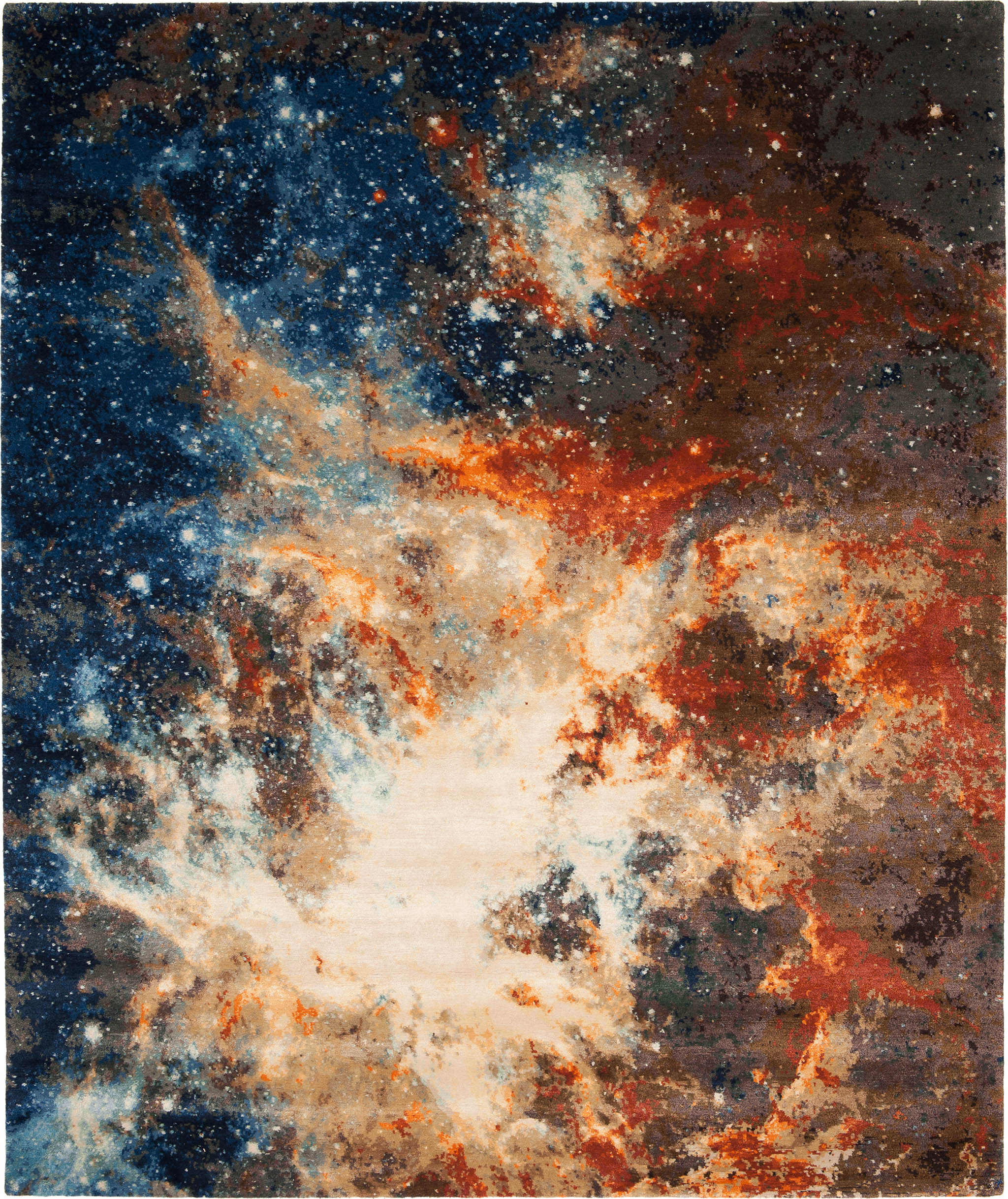
It would be woefully irresponsible and somewhat asinine to forgo inclusion of a carpet from Jan Kath in any serious discussion about modern carpet production. To be blunt, this man is on proverbial fire with virtually everything he releases catching the well warranted attention of media and consumers alike. Take for example ‘Space 3’ as shown above; it was on the cover of Wallpaper*, a publication not exactly known to be discussing the passé. So much has already be said about this collection of carpets (including words by The Ruggist) that I am loath to add more and will simply quote myself in describing this carpet. It’s a technical and visual masterpiece that says, in all the right ways: ‘Look at what we can do…’ with modern design and the skill of the Nepali weaver.
[wc_row]
[wc_column size=”one-half” position=”first”]
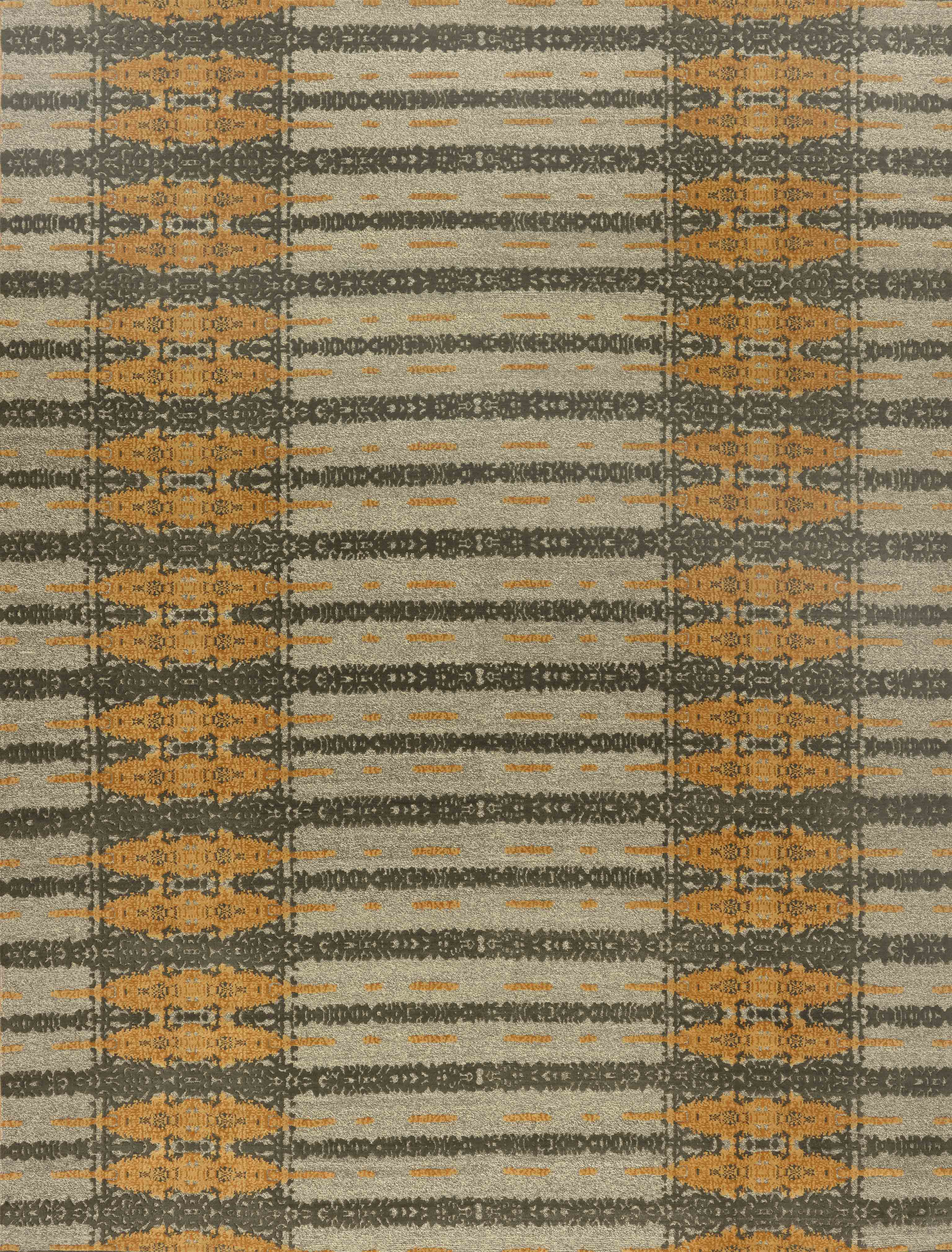
Utilizing a combination of antique kelim flatweaving mixed with hand-cut wool pile this is a somewhat radical departure for Fort Street Studio – who is renown for its 100% silk pile carpets – and may well be one of its most innovative. The juxtaposition of raised pile and flat weave together creates a myriad of effects ranging from the immediately apparent bas-relief nature of the design to the more subtle nuances such as the way light reflects differently off pile and flatweave. All in all carpets such as this truly illustrate what can be made.
[/wc_column]
[wc_column size=”one-half” position=”last”]
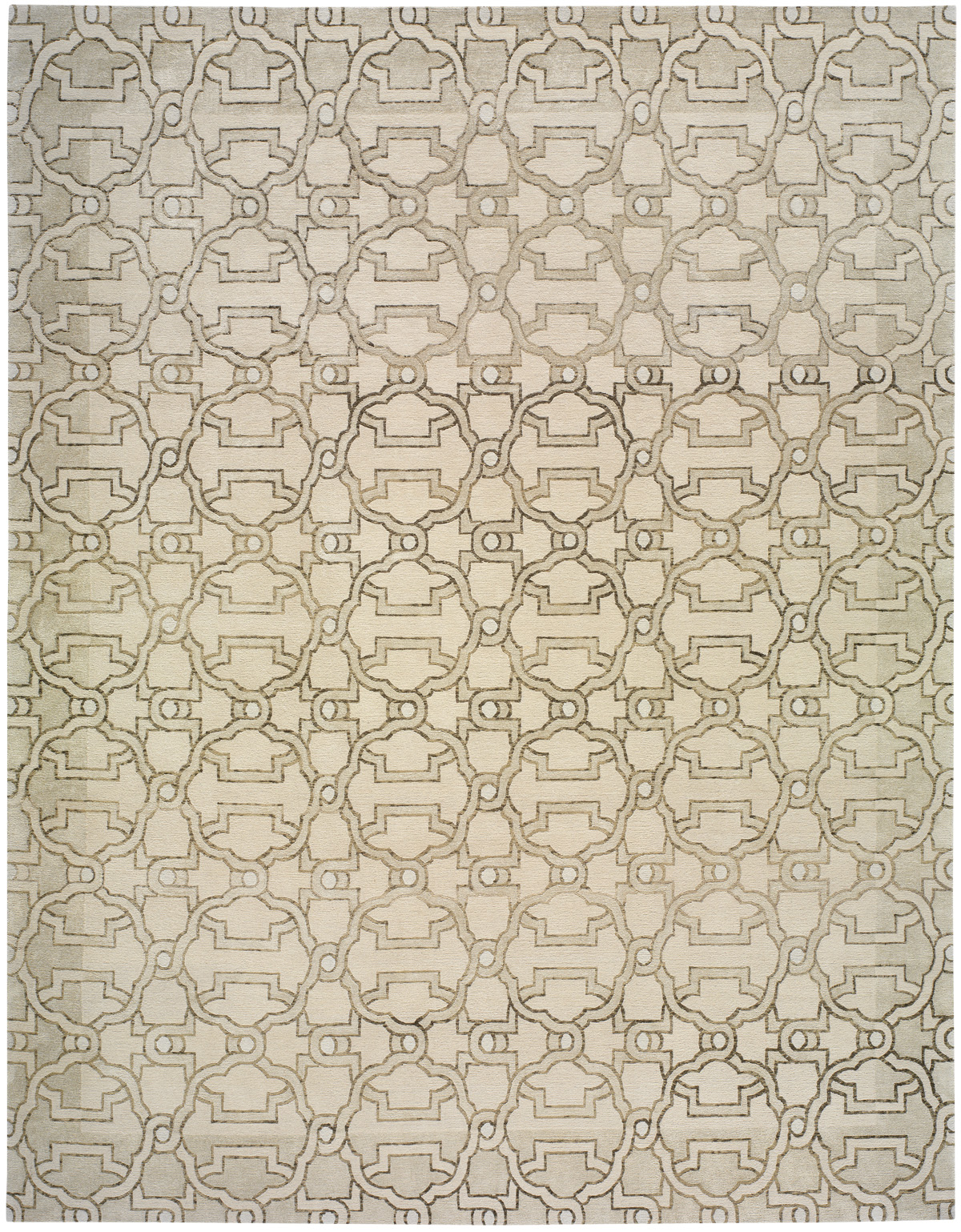
My attraction to Lapchi began somewhere around 2004 when as a lowly rug dealer, we were approached to carry the line. Every design in their catalog was attributed to the historic influence upon which it was based and my mind resonated. Everything could customized/made-to-order and they were happy, no they preferred to do it that way, just for you. Lapchi took everything you expect a modern circa 2015 rug company to do, and they did then. A decade later and they are still producing stunning designs such as Medici: Based on a 16th-17th century tile in case you were wondering.
[/wc_column]
[/wc_row]
[wc_row]
[wc_column size=”one-half” position=”first”]
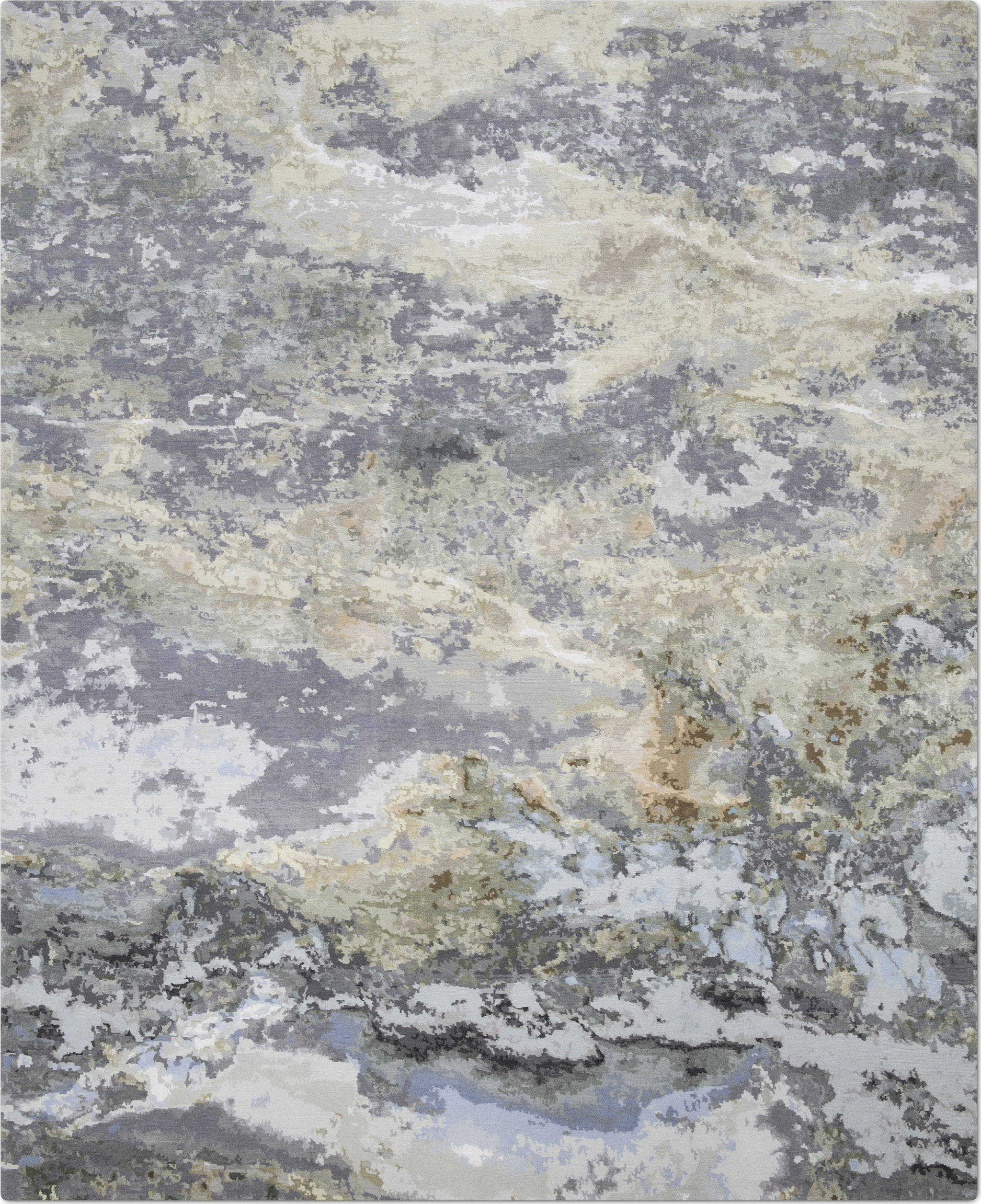
It was tempting to find a photograph of actual marble and ask you to discern the difference. That’s how faithfully (and impressively) this carpet from Knots Rugs mimics the look of stone. Plus we cannot help but to love the appeal of giving a soft, supple hand to an otherwise hard and cold surface. I am personally not terribly fond of photorealism in rugs, but praise must be given when it’s due so here it is: Praise!! This is well done. It’s reflective of current trends in rug design, it’s timely in colouration, and like any of the extremely intricate rugs we’ve featured, it again speaks to the skill of the Nepali weaver.
[/wc_column]
[wc_column size=”one-half” position=”last”]
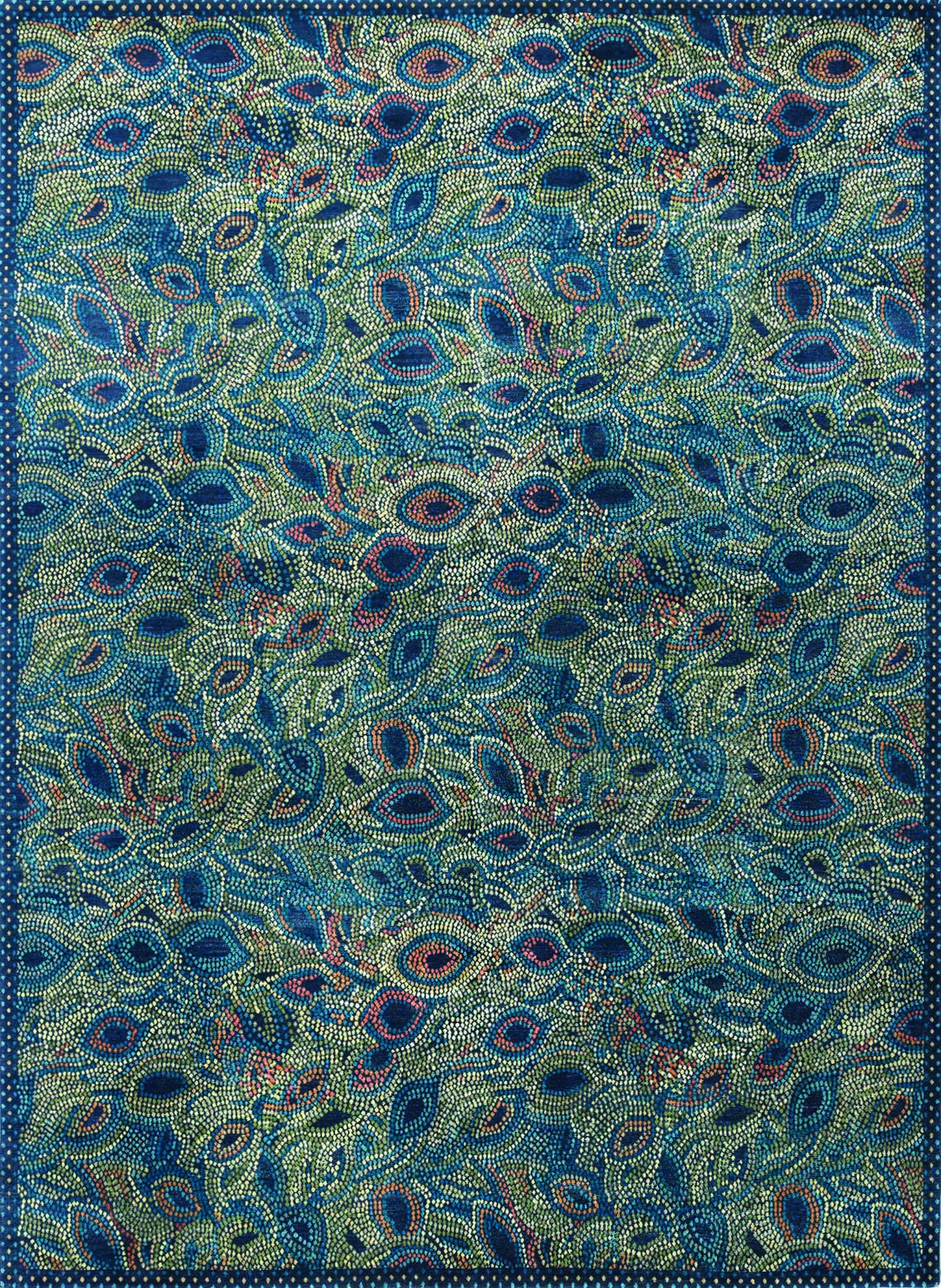
“Bold and bright colors combine and overlap to mimic the feathers of a peacock.” That is how New Moon describes the contemporary mosaic tile motif that is their carpet “Peacock”. Woven to the very specific (and exacting) standards of company founder John Kurtz using their unique blend of Tibetan wool, Chinese silk and allo (a natural nettle fibre), the carpets of New Moon never fail to impress. And while the vibrant tones of green, gold, red, orange and teal set upon an indigo field may not be for everyone, they are for those who can see the beauty in detail, and calm of the big picture.
[/wc_column]
[/wc_row]
[wc_row]
[wc_column size=”one-half” position=”first”]
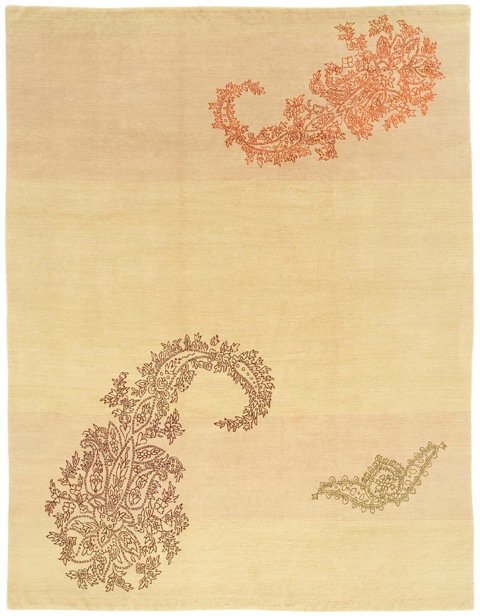
This carpet epitomizes Warp and Weft. Sophisticated, elegant, timeless and a host of other effervescent marketing words you employ when all you really want to say is “Wow!” It’s breathtaking in the relative calm of the rug as viewed standing or from afar, and its captivating in its high contrast detail when viewed up close. Rich colours reminiscent of spice complete a rug that in other more intense and sensual colourations could be equally as Sexy. It is my favourite rug of those submitted, if only because it is the one I could see at home.
[/wc_column]
[wc_column size=”one-half” position=”last”]
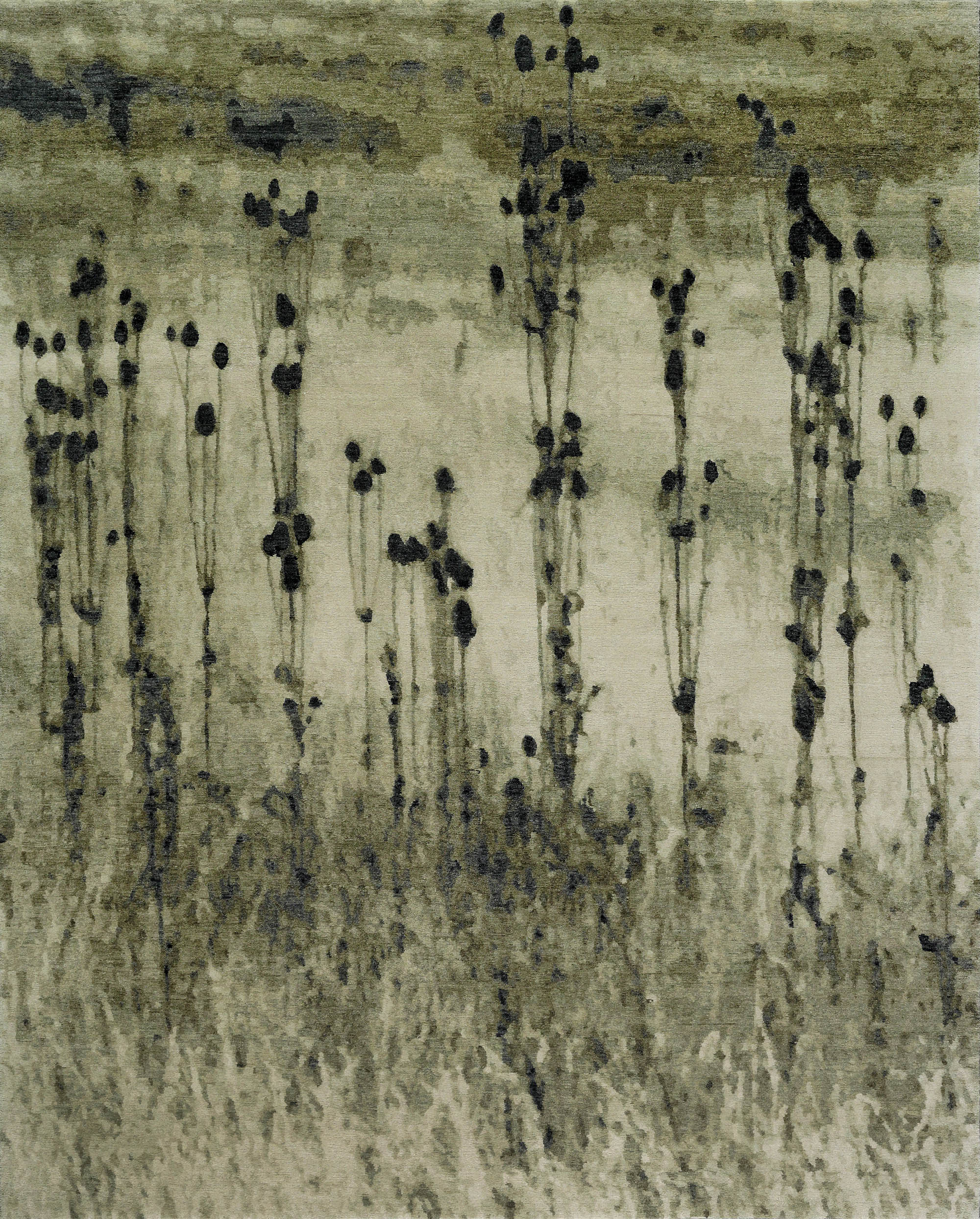
This is a moody rug. Not moody in a malicious way, but moody in that it has a distinct mood way. It reminds me of that feeling in the gloaming after a long day outdoors. Accomplished and soothed. Erbil Tezcan of Wool and Silk described this carpet to me as: “My all time favourite rug from Nepal.” and of its design: “I found my inspiration in my childhood memories of Anatolia Turkey. It is my favourite because it is so simple and very deep. Many shades of similar colours give perspective effect in the view.” I wonder what feelings the rug conjures for Mr. Tezcan, what does it say to you?
[/wc_column]
[/wc_row]
Grand themes such as craftsmanship, inspiration (ancient, newfound or otherwise), designs of provence and recherché materials, aside, the simple elevator speech version is this: Great carpets are simply that because they can catch your eye with only a quick glance and then are able to keep your attention with all of the details. If you want great carpets, time and time again the Nepali people have demonstrated the ability to deliver those details. My opinion however is just that of keen observer, so please read what Tania Johnson had to say while you enjoy the delicate shadowy tranquility of her design ‘Branches’.
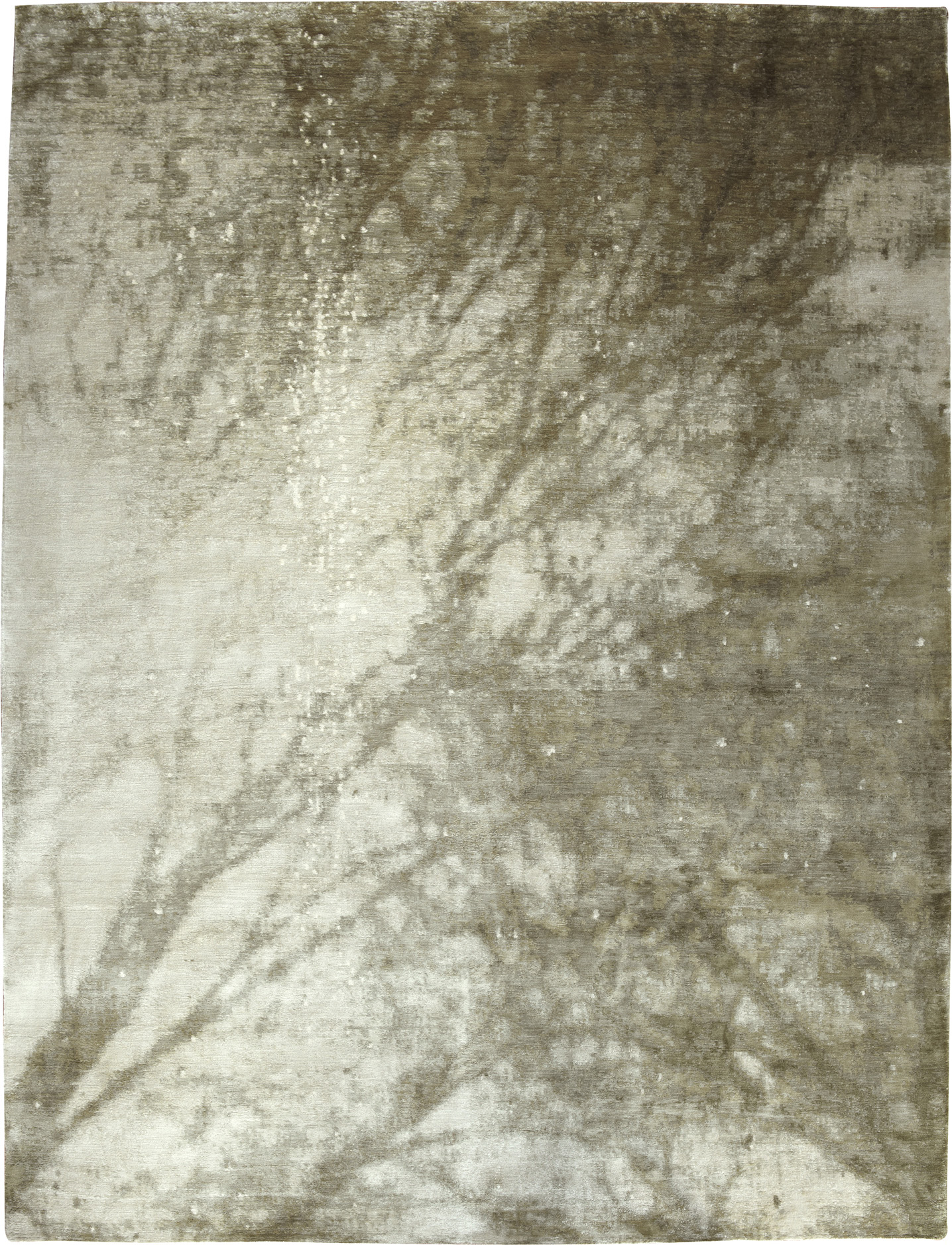
From Tania:
‘It was the first design I had made in Nepal when I started the business. It was the most detailed and complicated of all my designs in that first collection and I figured if someone could weave that one, they could weave anything.
After trying a sample with quite a few factories, for the most part unsuccessfully, I whittled it down to the few that could weave it and went to Kathmandu to meet them. In addition to their colour matching and weaving skills, I wanted to find someone I could work closely with, who shared my feelings on ethical production and who could grow my business with me.
I couldn’t have been happier with how it has grown and the business is intertwined with my personal life in every way. At home, my husband is involved in many aspects and my sister now works with me too. In Nepal, with each visit there I have got to know my manufacturer and his family a little better and my admiration for him and his staff has grown each time.
Branches will always remind me of my first trip to Nepal. A memory I now cherish more than ever.’



